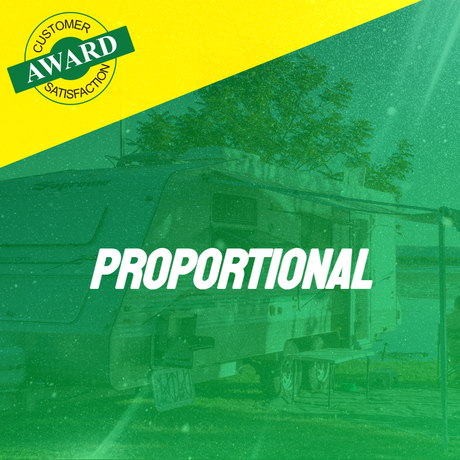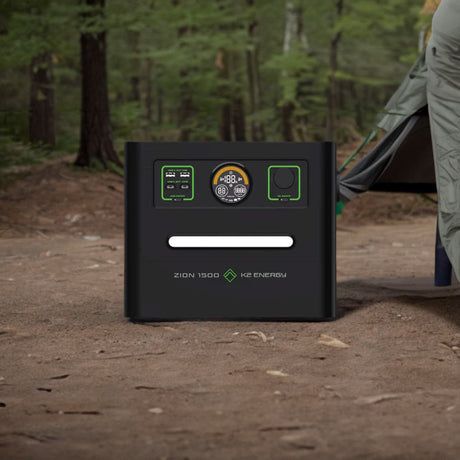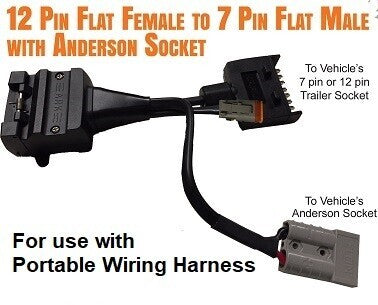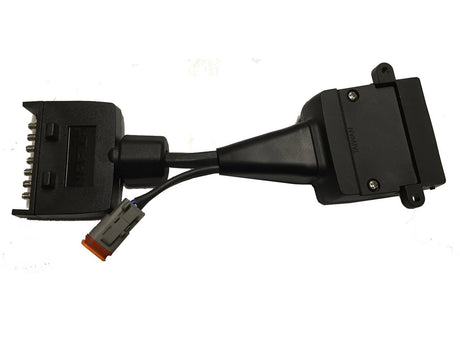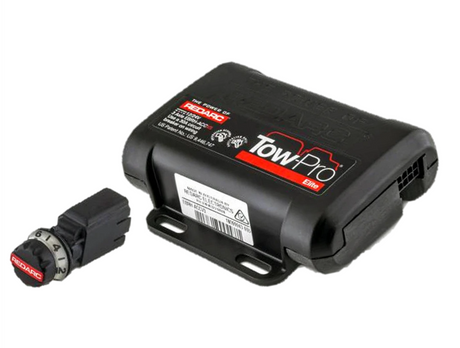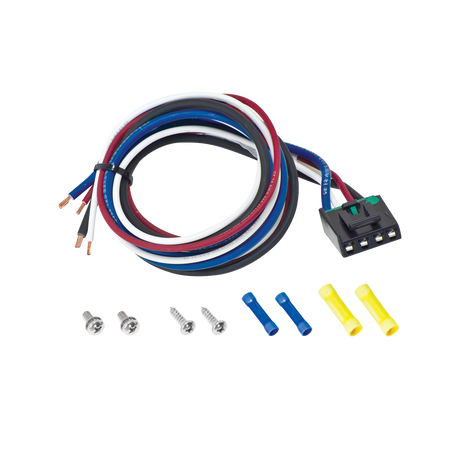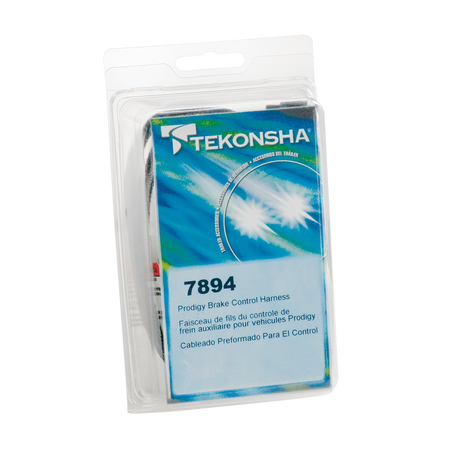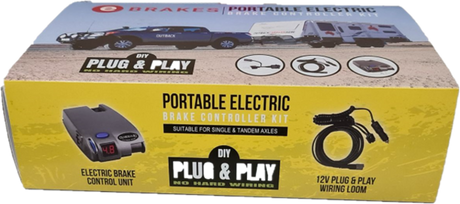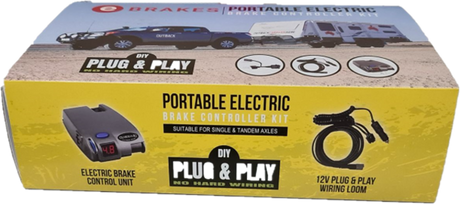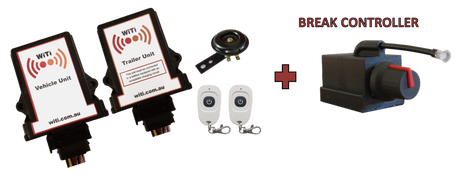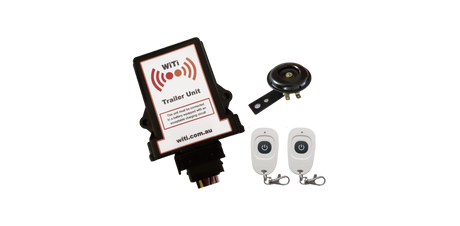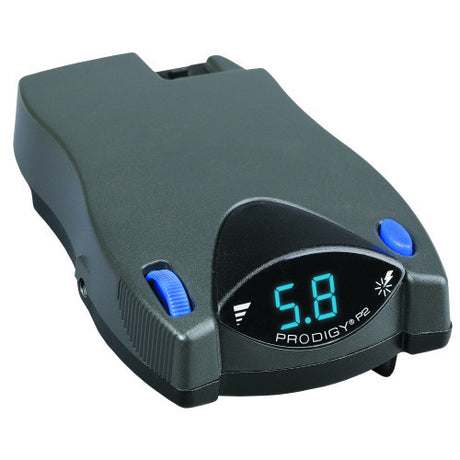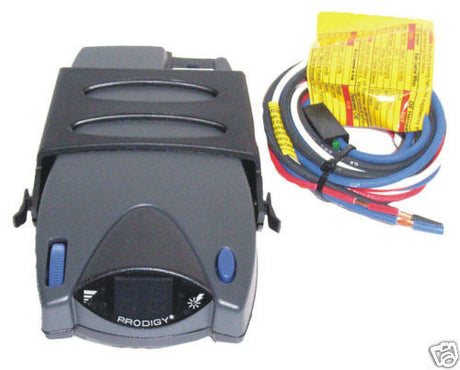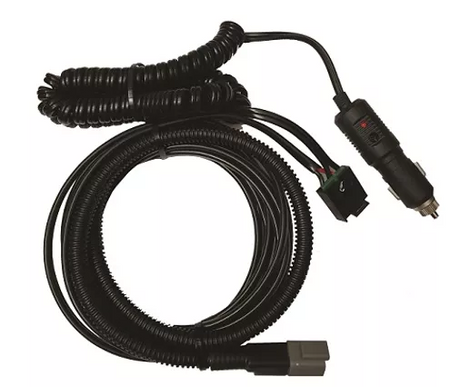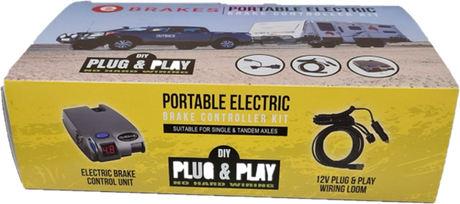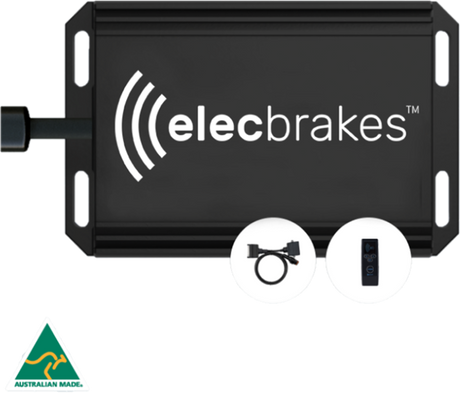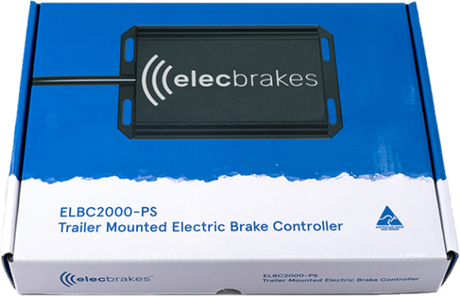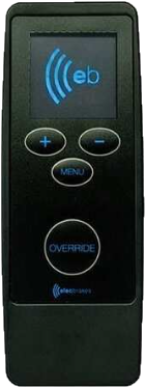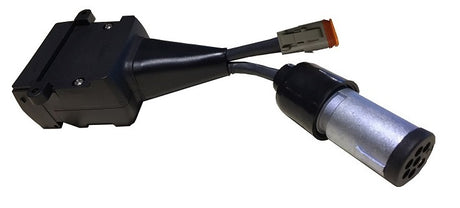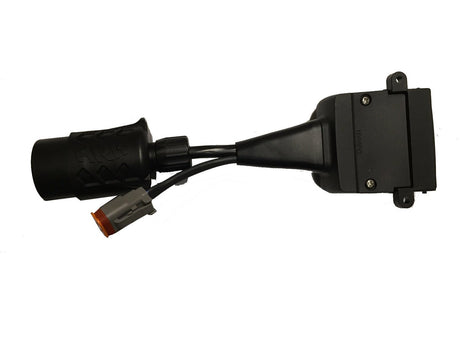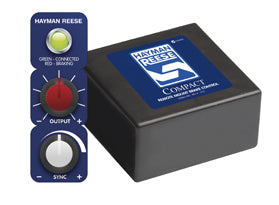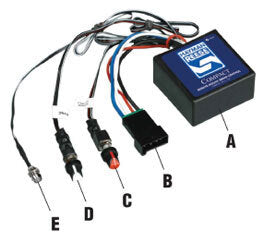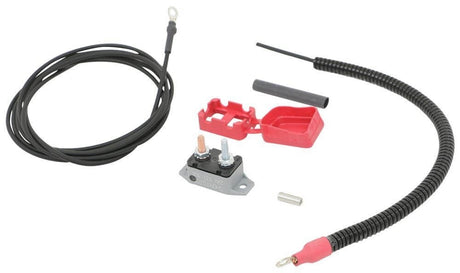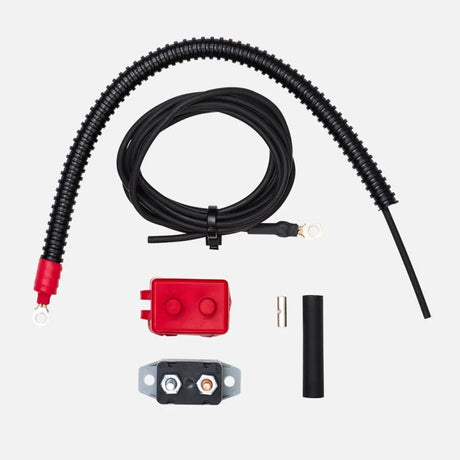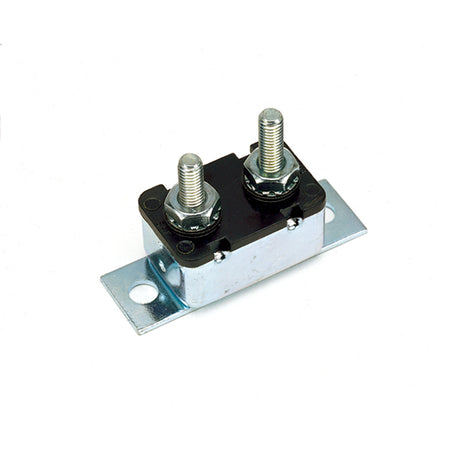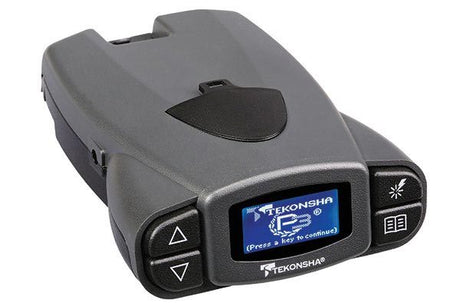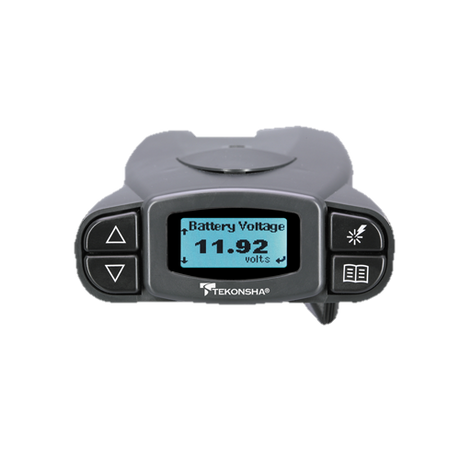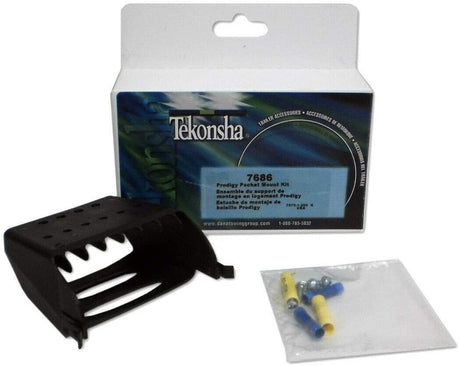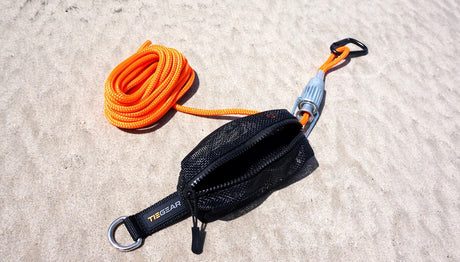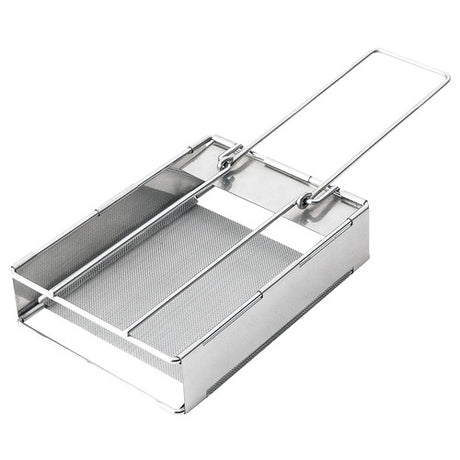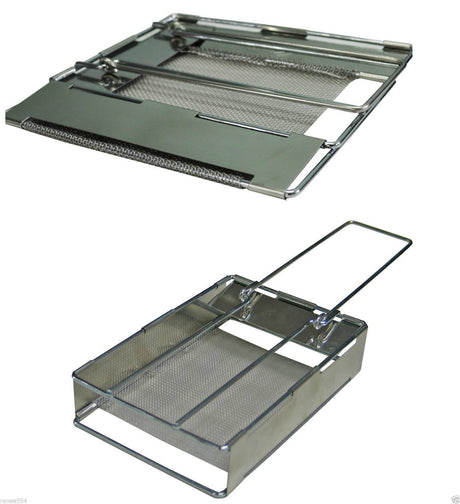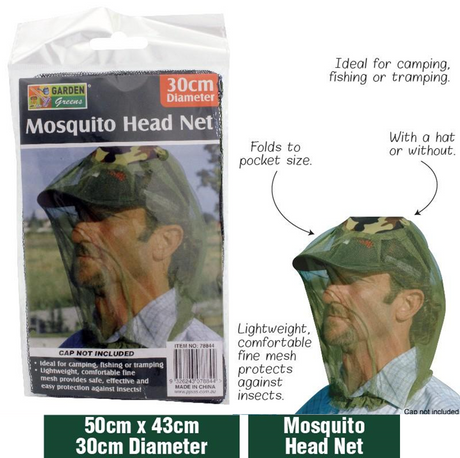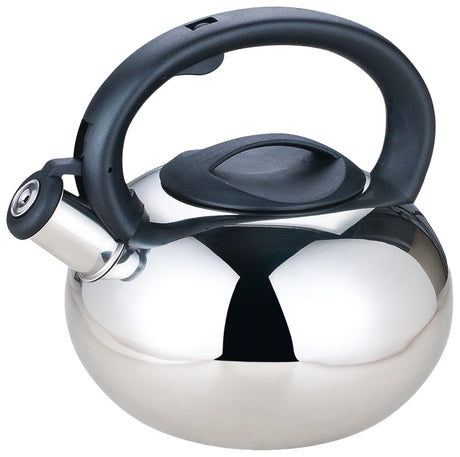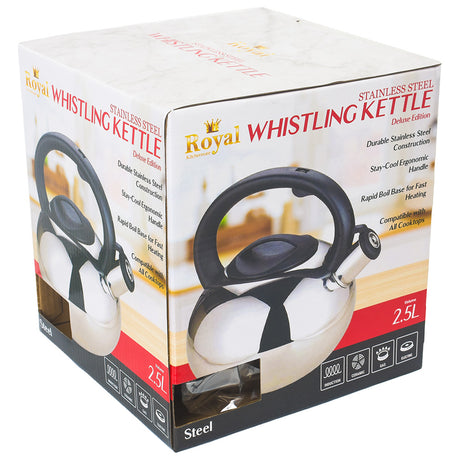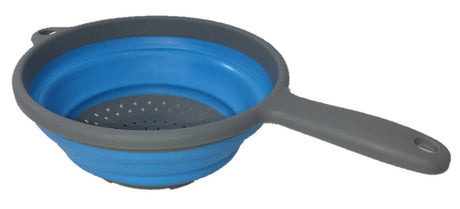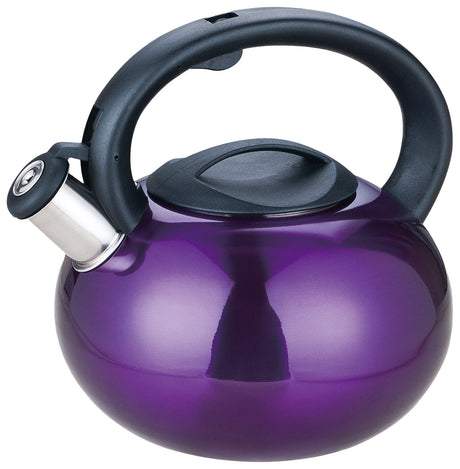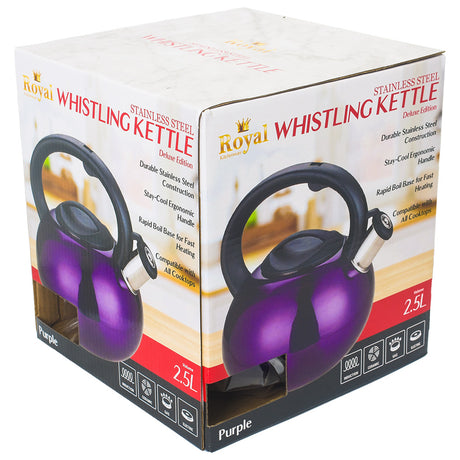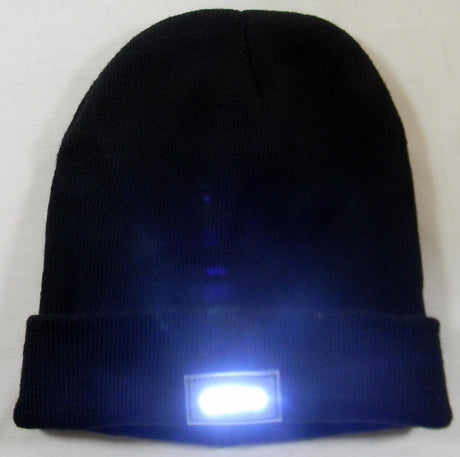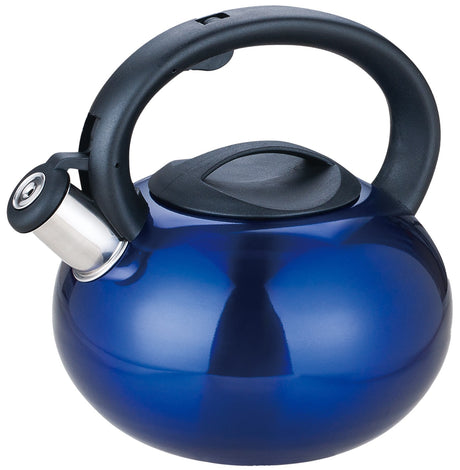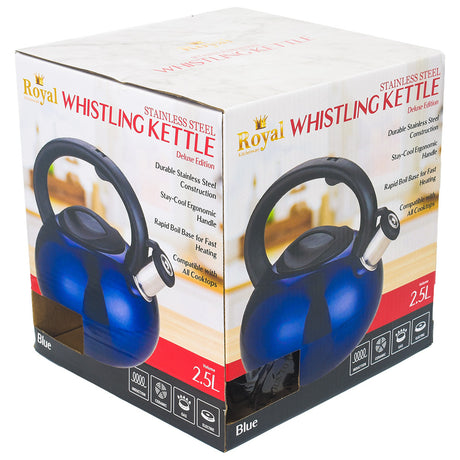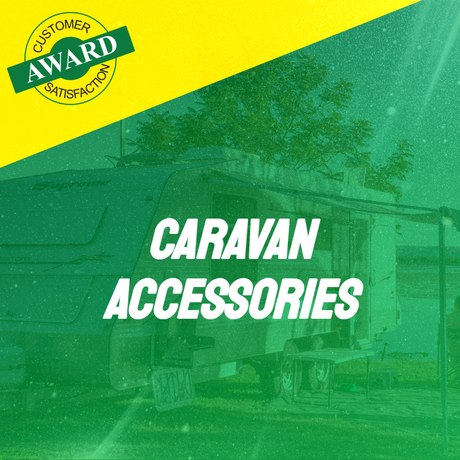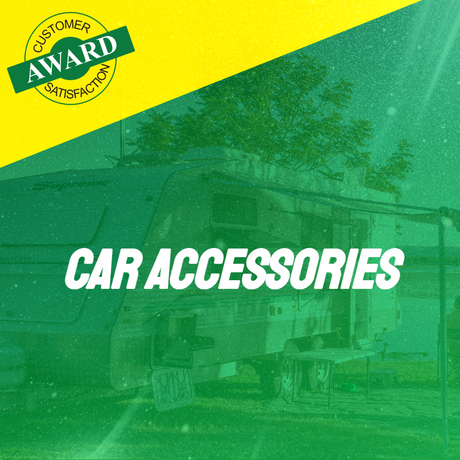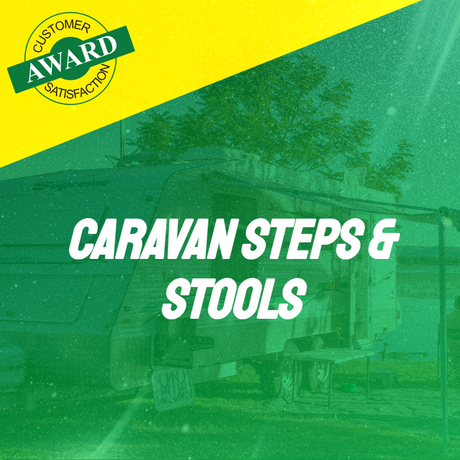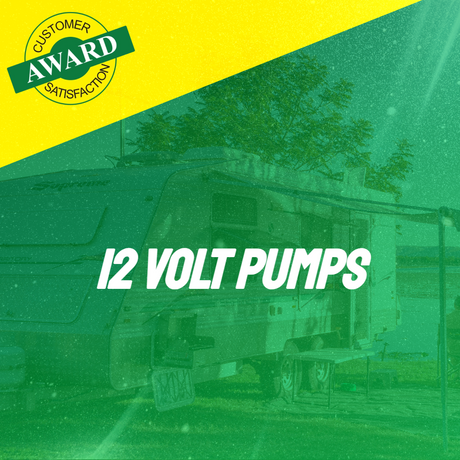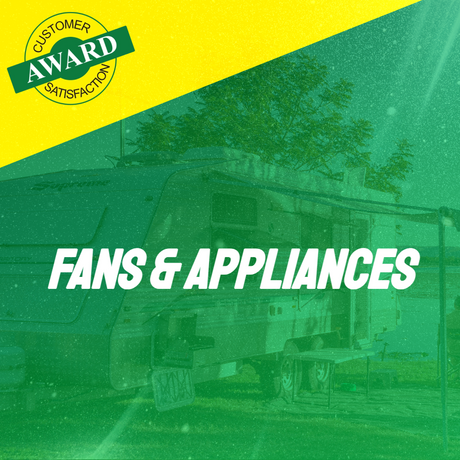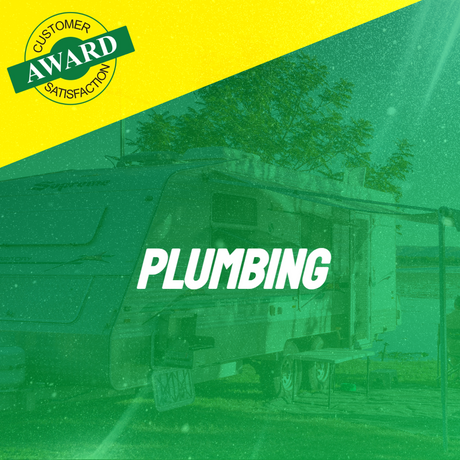EBRAKES
12pin Flat to Trailer - 7pin Flat to Vehicle with Anderson Socket
In stockRegular price $79.95Unit price /UnavailableEBRAKES
12pin Flat to Trailer - 7pin Flat to Vehicle
In stockRegular price $49.95Unit price /UnavailableREDARC
REDARC Tow-Pro Elite V3 Brake Controller
Very low stockSale price $359.00 Regular price $399.95Unit price /UnavailableTekonsha
Tekonsha Prodigy Brake Control Harness
Very low stockRegular price $39.95Unit price /UnavailableAward RV Superstore
Portable Electric Brake Kit With Large Round Adapter
Low stockRegular price $389.95Unit price /UnavailableEBRAKES
Portable Electric Brake Kit With 7 Flat + Anderson Adapter
Low stockSale price $375.00 Regular price $429.95Unit price /UnavailableWITI
WITI Wireless Trailer Interface & Break Controller
BackorderedSale price $854.00 Regular price $948.95Unit price /UnavailableWITI
BackorderedSale price $649.00 Regular price $699.95Unit price /UnavailableTekonsha
Tekonsha Prodigy Electric P2 Brake Controller
BackorderedSale price $219.00 Regular price $249.95Unit price /UnavailableEBRAKES
Tekonsha Portable Wiring Harness
Very low stockRegular price $134.95Unit price /UnavailableEBRAKES
Portable Electric Brake Kit With IQ Controller
BackorderedRegular price $349.95Unit price /UnavailableELECBRAKES
Elecbrakes Trailer Mounted Electric Brake Controller EB2
BackorderedSale price $699.00 Regular price $789.95Unit price /UnavailableAward RV Superstore
Low stockRegular price $199.95Unit price /UnavailableEBRAKES
12pin Flat to Trailer - 7pin Small Round to Vehicle
Low stockRegular price $69.95Unit price /UnavailableEBRAKES
12pin Flat to Trailer - 7pin Large Round to Vehicle
In stockRegular price $59.95Unit price /UnavailableHAYMAN REESE
Hayman Reece Compact Brake Controller - Time Activated Break Control
Low stockRegular price $279.95Unit price /UnavailableTekonsha
Tekonsha Prodigy P3 Brake Controller
BackorderedSale price $265.00 Regular price $309.95Unit price /UnavailableTekonsha
Teknosha Prodigy Pocket Mounting Kit Bracket
In stockRegular price $24.95Unit price /Unavailable
Electric Brake Controllers
What Is an Electric Brake Controller?
An electric brake controller regulates the brakes on a trailer in relation to the tow vehicle. When you press the brakes in your tow vehicle, the controller automatically sends an electrical signal to the trailer’s brakes. This synchronisation is important for maintaining safety, helping to prevent the trailer from pushing the tow vehicle during stops or turns.
Types of Electric Brake Controllers
Understanding the different types of electric brake controllers can help you make a more informed decision:
1. Proportional / Inertia-based Brake Controllers
These monitor the inertia of the tow vehicle and adjust the braking force proportional to the vehicle’s speed and braking intensity, resulting in a smooth braking experience.
2. Time-Delayed Controllers
These units apply a fixed amount of braking force after a pre-set delay when the tow vehicle begins to slow down. They’re generally more affordable but may not provide the same level of responsiveness as proportional controllers.
3. User-controlled / Manual Override Controllers
These allow drivers to adjust the braking power when needed, providing greater control in varying road conditions or when additional braking power is needed.
4. Break-safe / Break-away Systems
These specialised brake controllers activate the trailer brakes in case it becomes disconnected from the tow vehicle, enhancing safety during emergencies.
Key Features to Compare
When selecting an electric brake controller, compare these features:
Braking Modes and Responsiveness
Different controllers offer different modes that can affect how rapidly and effectively they react to your braking. Select the one that matches your driving style and towing conditions.
Voltage Compatibility
Choose a brake controller that is compatible with your vehicle's electrical system, normally either 12V or 24V.
Maximum Trailer Weight / Gross Trailer Mass (GTM) Limits
Check the brake controller's capacity to handle the weight of your trailer. Exceeding these limits may compromise safety.
Installation Requirements
Check for wiring complexity, switch inserts, and any additional wiring kits you may need for setup.
Ease of Use
Features like a dashboard control, override mechanisms, and other user-friendly settings will improve your experience.
Safety Features
Features such as sway control and warning lights will alert you to potential safety hazards, helping to prevent incidents.
How to Choose the Right Electric Brake Controller
Consider these aspects when choosing your brake controller:
Towing Weight & Trailer Type
Select the brake controller appropriate for the weight and dimensions of your trailer.
Vehicle Capability & Electrical System
Match your vehicle’s towing capacity and electrical system with a compatible brake controller.
Terrain and Frequency of Towing
If you're towing in hilly terrain or towing often, choose a more advanced, responsive brake controller.
Budget vs Premium Features Trade-offs
Evaluate your budget against the features you need. While premium models might offer more functions, a mid-range option could suffice for light towing.
Installation & Maintenance Tips
Proper installation and maintenance extend the lifespan and performance of your electric brakes for your caravan. Follow these tips for safer, more efficient towing:
-
Use quality wiring and connectors and avoid exposed wiring.
-
Mount the controller in a secure, accessible location.
-
Periodically check wiring, connections and settings.
Regularly maintain and inspect trailer brakes to ensure they match your brake controller’s performance.

